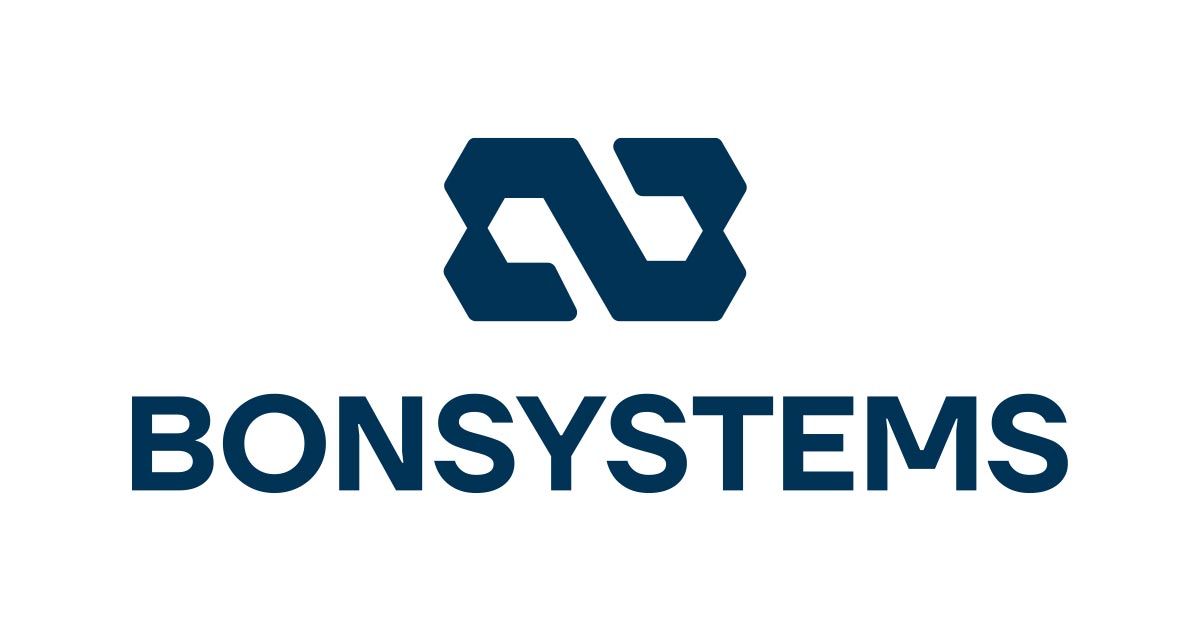Table of Contents
Recent news frequently features humanoid robots that can talk, walk, and even play instruments or dance. Initially, they seemed merely fascinating, but with increasing exposure, the thought of them one day replacing humans arises. This raises important questions about the direction of designing robots and their intended purpose.
The rapid advancement of AI technology undoubtedly contributes to this sentiment. Technologies that were once confined to imagination have quickly become part of our daily lives. However, let’s consider this:
When describing humans, we often divide them into ‘mind’ and ‘body.’ If AI mimics the human mind, the role of the brain, then what corresponds to our body? The answer is ‘hardware.’ The reason I bring this up is that today’s topic revolves around this ‘body,’ the hardware of robots. Specifically, I want to discuss the reality and ideal of robot design and the MVP (Minimum Viable Product) strategy to bridge that gap.
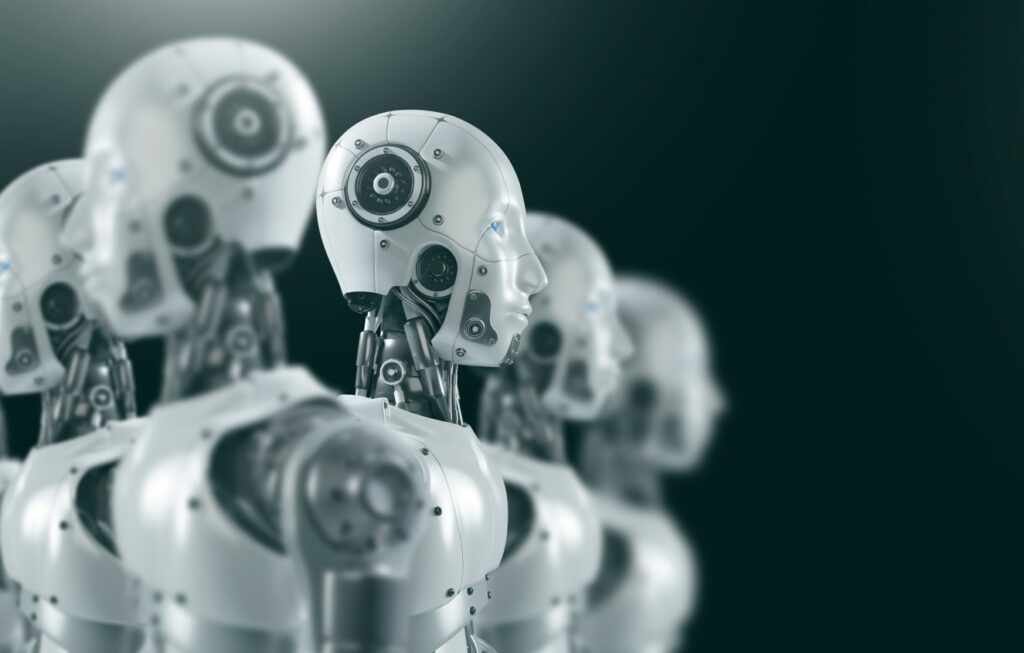
Robot Design: Reality vs. Ideal – The Surprisingly Difficult Battery Issue
Creating robots that walk like humans, move their hands, and perceive and react to their surroundings requires numerous components. Motors, reducers, and sensors are needed throughout, and operating all these simultaneously demands significant power. This is a core challenge that even industrial robot design cannot avoid.
However, this leads to a problem: supplying that much power necessitates larger batteries (or more batteries). How can we fit such large batteries into a human-sized humanoid robot? Imagining truck batteries inside a robot highlights the difficulty of securing battery space. Especially for mobile robots, battery technology is a critical technical hurdle that dictates performance.
To illustrate this more easily, consider drones. Drone-based delivery or drone taxis are already technically feasible. Nevertheless, they are not yet a common sight in our daily lives. The reason is simple: increasing battery size also increases weight. More weight requires a more powerful drive system to handle the load, which in turn consumes more power – a continuous cycle. Battery efficiency is a key consideration in mobile robot design.
In this article, I want to discuss the realistic limitations that humanoid robots inevitably face. While ‘making them like humans’ might be possible, there are various practical issues, one of which I will explore through the topic of ‘battery.’
Before that, I want to clarify that there are indeed some solutions regarding battery power. For instance, in environments like factories where power can be supplied stably, robots can be continuously powered via outlets, enabling 24-hour operation with a single unit. However, this poses limitations in general situations – homes, commercial spaces, or environments where mobility is crucial. But in the case of drones…
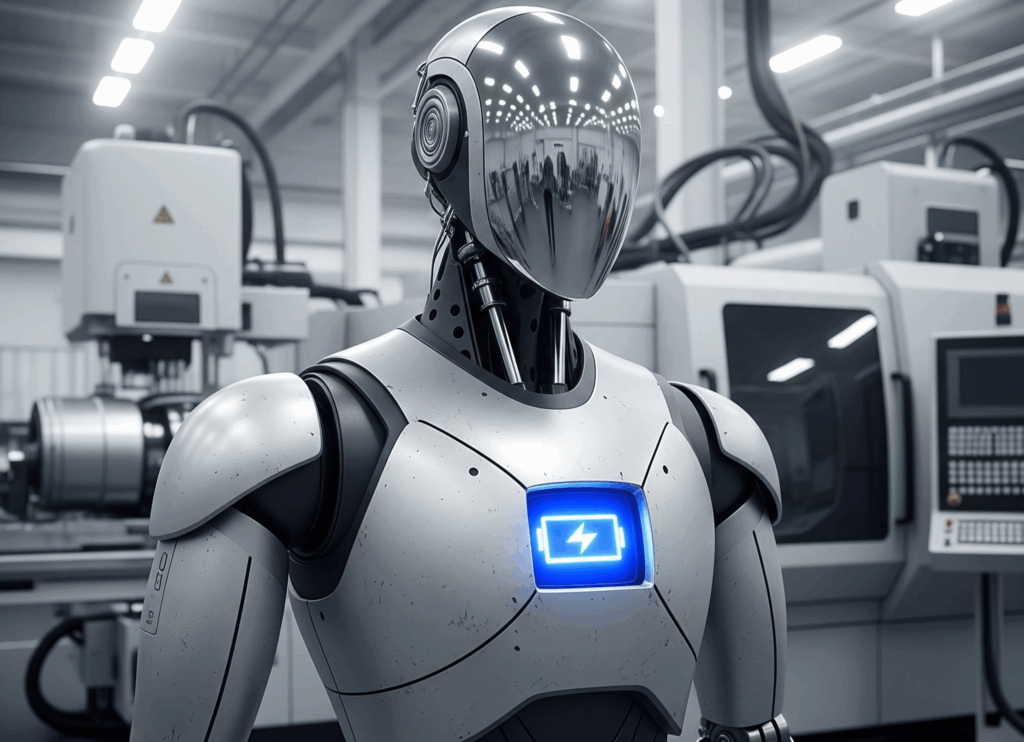
The Concept and Starting Point of the MVP Strategy: Let’s Make It Usable First
Have you heard of the term Minimum Viable Product, often abbreviated as MVP? This concept in product or technology development involves launching a product quickly with only the most essential features, rather than striving for perfection from the outset.
In more practical terms, it’s about the idea of ‘making it usable and releasing it.’ The core of the MVP approach lies in rapid creation to gauge real-world reactions. This shortens development time and reduces resource expenditure. Prototypes are used for evaluation, and improvements are made by refining necessary aspects. Instead of delaying to achieve perfection, starting with a usable state is far more practical. This is a crucial strategy for enhancing the efficiency of robot development.
The MVP concept originated from the Lean Startup methodology. This approach stems from a realistic judgment. having many features or a novel structure doesn’t necessarily equate to a good product. The primary concern in product development should be whether people actually need it. Hence, Lean Startup emphasizes.
“It’s more important to make something people need than to make something perfect.”
The MVP strategy isn’t simply about building something basic. It’s a strategy of excluding unnecessary elements and quickly testing a product with only the truly essential features. By observing user reactions, improvements are made, and necessary features are added, gradually refining the product to better fit real-world needs. I believe this approach can be quite effective in the field of designing robots, particularly in reducing development costs and accelerating market launch.
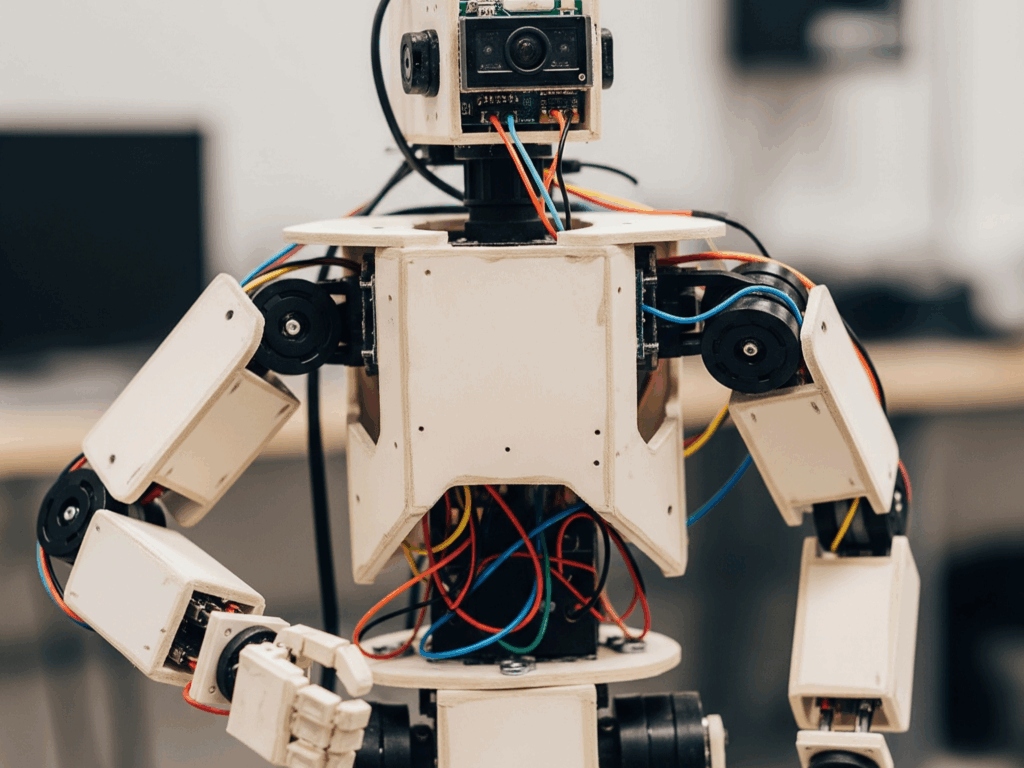
Practical Application of the MVP Strategy: No Need to Make It Human-like
When designing robots, there’s no need to make them exactly like humans. Even if their appearance doesn’t resemble humans, it’s sufficient if they can properly perform their intended tasks. This approach helps reduce unnecessary complexity and simplifies functions according to the purpose. Do all robots necessarily need two arms? Perhaps it would be more efficient to separate mobility and work functions and design each accordingly. This is an important consideration for the efficient task execution of industrial robots.
Rather than incorporating all functions from the beginning, a method of gradually increasing completeness by applying necessary functions one by one is becoming increasingly common in robot design. A prime example is semi-humanoid robots. While the name might suggest a near-perfect human form, this isn’t the case in reality. Only some parts resemble humans, while the rest of the structure is entirely adapted for the work purpose.
For instance, instead of walking on two legs like humans, many use wheels for movement. In environments like factories or warehouses with flat floors and fixed paths, this is far more stable and efficient. There’s less worry about falling, and the wheel structure itself is much simpler, reducing the burden in terms of design and maintenance.
Similarly, arms and hands don’t necessarily need to be as sophisticated as human hands. In many industrial settings, suction cups or simple grippers are sufficient for the task. Trying to replicate human hands would complicate the structure, increase costs, and raise the possibility of malfunctions. Therefore, the required form of arms and hands can vary depending on the task.
Ultimately, what matters is ‘where will this robot be used, and what will it do?’ Designing with only the necessary functions according to these conditions is a more realistic approach. I believe semi-humanoid robots are born from this direction. They may not look like humans, but they are practical forms designed to perform necessary roles.
The significance of the MVP strategy in robot design is clear: it’s an approach that focuses on the basic functions required in industrial environments, rather than creating an ‘ideal robot.’ Recently, it seems that many robot companies are developing products in this direction. We are seeing an increase in forms that don’t necessarily have two legs like humans, but instead move on wheels or have simple arms needed for specific tasks.
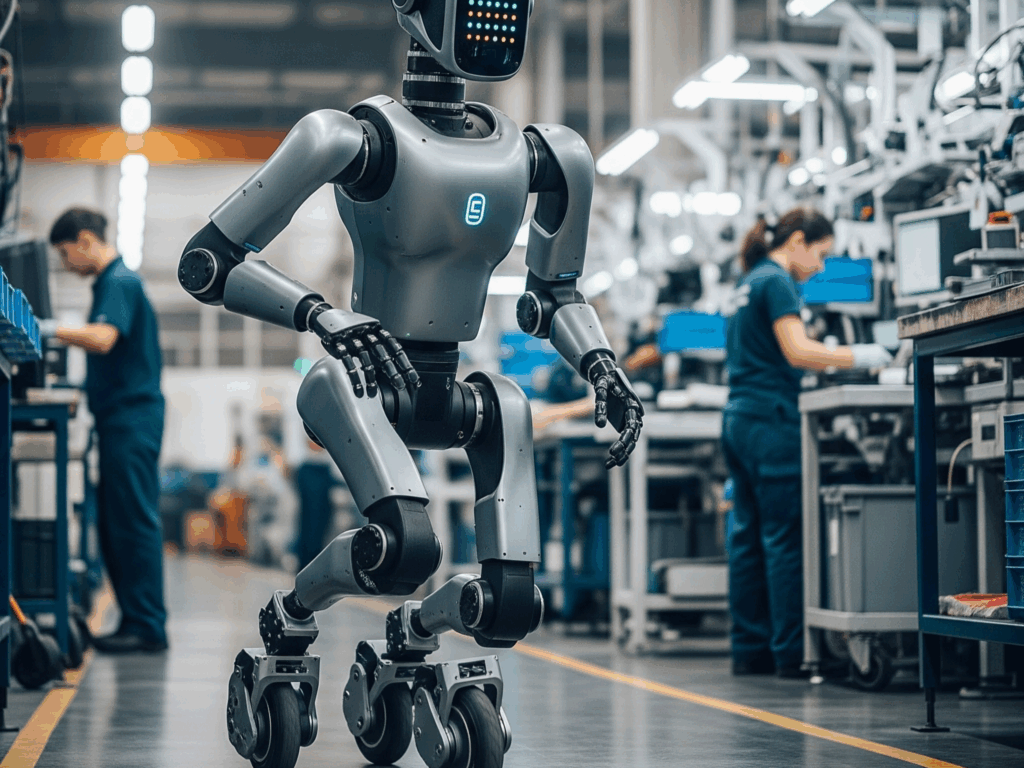
Realizing What’s Possible First in Robot Design: The Practical Choice of AGV and AMR
While semi-humanoids opt for practical structures over complex appearances, AGVs (Autonomous Guided Vehicles) and AMRs (Autonomous Mobile Robots) are forms focused on purpose. Ultimately, both approaches point in the same direction: the question of ‘can it be used properly right now?’ While they may not perform complex motions or highly precise tasks, their simplicity makes them highly practical robots in industrial settings. They might not ‘feel like’ robots in terms of appearance, but they demonstrate strengths in efficiency and stability in actual work environments.
In warehouses, AGVs and AMRs are responsible for moving goods along designated paths or by recognizing obstacles. Although their appearance is simple, these robot designs are structured and designed to effectively perform these tasks. This approach of designing robots centered on the needs and purposes required in industrial settings offers high practicality in terms of both work efficiency and maintenance. By excluding excessive functions and focusing on essential ones, they offer the advantages of a simple structure and stable operation. This is a key benefit of introducing logistics robots.
These examples clearly illustrate the intent of the MVP (Minimum Viable Product) strategy. By applying feasible functions within realistic constraints and gradually improving through feedback from real-world environments, it provides a favorable advantage for securing early demand through rapid market entry.
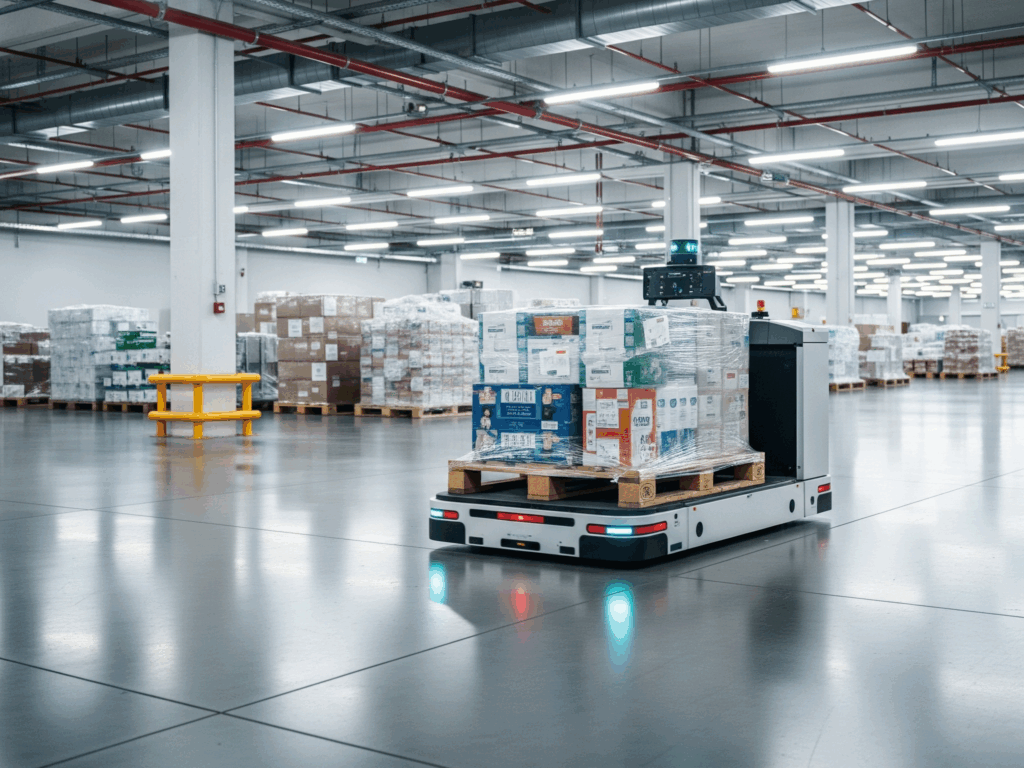
Designing Robots for Immediate Needs with Existing Technology
Based on this philosophy of robot design, Bon System aims to create ‘usable robots’ in actual industrial settings. We have focused on designing robots with structures that move accurately and operate powerfully and stably, and at the heart of this is our core technology: the cycloid reducer.
Bon System’s actuators are structurally thin and designed to produce high output torque while maintaining low momentum. Their structure allows for the implementation of various reduction ratios without changing the number of parts, offering wide design flexibility and applicability in robot design. They are particularly suitable for equipment with space constraints or robot systems where design freedom is important, and their high durability and stability in real-world environments have been proven through various projects.
Bon System will continue to develop drive components and robot hardware solutions tailored to the diverse needs of the industry, focusing on ‘designing robots that can be used in the field.’ If you need reducer or actuator designs suitable for actual usage environments or require specific technical consultation regarding designing robots, please feel free to contact us anytime. We are here to help you create the products you need now with the technology available now in the realm of designing robots.
Frequently Asked Questions (FAQ)
Q1. Doesn’t applying the MVP strategy to robot design reduce performance?
The MVP (Minimum Viable Product) strategy is not about “lowering performance” but about “focusing on essential functions.” By removing unnecessary features, the core performance can actually operate more reliably and efficiently. For example, AGVs and AMRs may seem simpler than humanoid robots, but they deliver higher efficiency and stability in logistics operations.
Q2. Are there alternative solutions to battery-related issues?
Battery issues can be approached in various ways. Possible solutions include wired power supply, automatic charging docking stations, and battery replacement systems. Each option has pros and cons, so the most suitable solution should be selected based on the robot’s operating environment and purpose. For fixed workspaces, wired power may be appropriate, while in mobile environments, an efficient battery management system is more suitable.
Q3. What are the advantages of semi-humanoids?
Semi-humanoids are robots that mimic only parts of the human form rather than a fully human-like structure. For example, some may have an upper body or arms similar to a human but use wheels or a simplified lower structure for movement. These semi-humanoid robots are easier to implement than full humanoids while still offering a range of practical advantages.
Q4. What is the difference between AGV and AMR?
AGV (Autonomous Guided Vehicle) moves along predetermined routes, usually guided by magnetic tapes or wires on the floor. On the other hand, AMR (Autonomous Mobile Robot) uses sensors and AI to independently navigate and avoid obstacles. AMRs are more flexible but also more complex and costly. AGVs are suitable for environments with little change, while AMRs are better when flexibility is required.
Q5. How is Bon Systems’ cycloidal reducer different from general reducers?
Cycloidal reducers can provide a more compact design and achieve higher reduction ratios compared to typical gear reducers. Their thin profile and excellent durability make them highly resistant to impact loads. Bon Systems’ cycloidal reducers are designed to accommodate various reduction ratios without changing components, offering high adaptability across a wide range of robotic applications.
